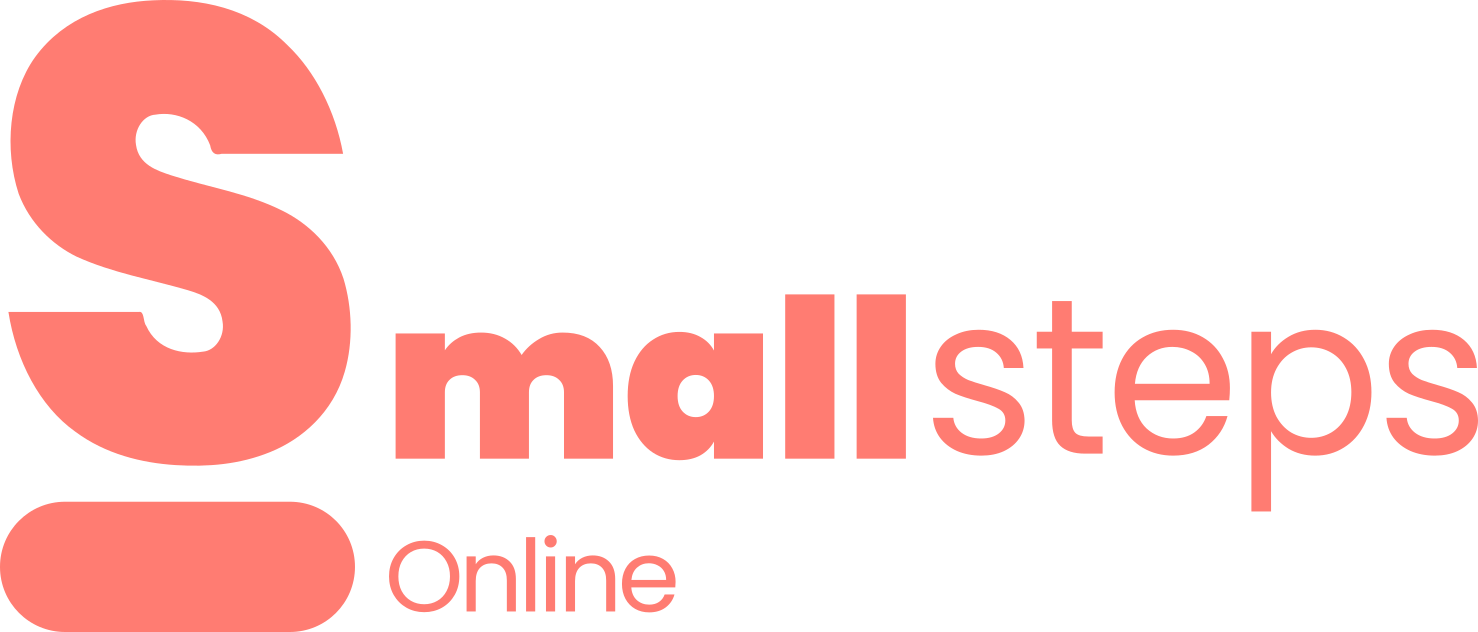What Is Receptive Language?
Receptive language is the ability to understand what others say — before or alongside learning to express ideas with words.
It includes:
Understanding What Something Is (and What It Isn’t)
At this age, children begin to notice and understand the differences between objects and ideas. This helps them categorize, compare, and organize information — all important for thinking and language.
Try these playful ideas:
👉 These games help your child process meaning and refine their understanding of categories and attributes.
Noticing Differences and Similarities
Being able to notice how things are alike or different helps your child make connections, a key skill for learning new vocabulary and concepts.
You can encourage this in simple ways:
👉 Comparing and contrasting helps your child build descriptive language and strengthen memory and attention.
Exploring Prepositions: Where Things Are
At this stage, children begin to understand and respond to prepositions — words that describe location and direction, like in, on, under, behind, next to, and between.
Fun ways to practise prepositions:
👉 Prepositions are easier to understand when linked to movement and play — so get down on the floor and have fun!
Learning About Opposites
Understanding opposites helps children grasp contrast and context — key to building comprehension and vocabulary.
Try these activities:
Action opposites: “Can you jump high?” “Now jump low!” “Walk fast… now slow.”
Storytime opposites: As you read, highlight opposites like big/little or happy/sad.
Opposite boxes: Fill one box with soft things and another with hard things, and let your child explore and sort.
👉 Opposites are easier to learn when they’re linked to actions or sensory play.
Everyday Tips to Build Receptive Language
Key Takeaway
Between ages 3 and 4, your child’s understanding of words, ideas, and concepts blossoms. By playing with similarities and differences, opposites, and prepositions, you’re helping them make sense of the world — one word, one game, one joyful moment at a time. Everyday play, gentle repetition, and plenty of encouragement will help your child grow in confidence and comprehension.
Remember: receptive language isn’t taught, it’s built through connection, curiosity, and shared experience.
Receptive language is the ability to understand what others say — before or alongside learning to express ideas with words.
It includes:
- Understanding words, sentences, and questions
- Following directions
- Recognizing relationships between things (e.g., “the red ball” or “the cup on the table”)
- Grasping abstract concepts like opposites and categories
- Building receptive language lays the foundation for stronger communication, reading, and problem-solving later on.
Understanding What Something Is (and What It Isn’t)
At this age, children begin to notice and understand the differences between objects and ideas. This helps them categorize, compare, and organize information — all important for thinking and language.
Try these playful ideas:
- Sorting games: Give your child a mix of items and ask, “Can you find all the ones that are not animals?” or “Which ones are not food?”
- Yes/No games: Hold up a toy and ask, “Is this a car?” “Is this a banana?” Encourage them to nod, shake their head, or use “yes” and “no.”
- Odd one out: Lay out three objects (like two spoons and a block) and ask, “Which one doesn’t belong?”
👉 These games help your child process meaning and refine their understanding of categories and attributes.
Noticing Differences and Similarities
Being able to notice how things are alike or different helps your child make connections, a key skill for learning new vocabulary and concepts.
You can encourage this in simple ways:
- Matching pairs: “Can you find two that are the same?” (socks, cups, or pictures).
- Talking about attributes: “This apple is red, but that one is green.” “These shoes are big, and those are small.”
- Books and pictures: Point out similarities and differences in illustrations: “Both animals have tails! But one lives in the water, and one lives on land.”
👉 Comparing and contrasting helps your child build descriptive language and strengthen memory and attention.
Exploring Prepositions: Where Things Are
At this stage, children begin to understand and respond to prepositions — words that describe location and direction, like in, on, under, behind, next to, and between.
Fun ways to practise prepositions:
- Hide and find: Hide a toy and give clues: “It’s under the pillow!” or “Look behind the chair!”
- Obstacle play: Build a small obstacle course with instructions like “Go over the pillow and under the blanket.”
- Playtime talk: Use prepositions naturally as you play: “Put the car in the box,” or “Let’s sit next to Teddy.”
👉 Prepositions are easier to understand when linked to movement and play — so get down on the floor and have fun!
Learning About Opposites
Understanding opposites helps children grasp contrast and context — key to building comprehension and vocabulary.
Try these activities:
Action opposites: “Can you jump high?” “Now jump low!” “Walk fast… now slow.”
Storytime opposites: As you read, highlight opposites like big/little or happy/sad.
Opposite boxes: Fill one box with soft things and another with hard things, and let your child explore and sort.
👉 Opposites are easier to learn when they’re linked to actions or sensory play.
Everyday Tips to Build Receptive Language
- Talk throughout the day — describe what you’re doing and what your child is seeing.
- Give short, simple instructions — and build up gradually (e.g., “Get your shoes” → “Get your shoes and put them by the door”).
- Use visual supports — photos, objects, or gestures can make abstract words clearer.
- Repeat and expand — if your child points to a ball, say, “Yes, that’s a big red ball. It’s under the chair!”
- Pause and wait — give time for your child to process and respond. Understanding takes time.
Key Takeaway
Between ages 3 and 4, your child’s understanding of words, ideas, and concepts blossoms. By playing with similarities and differences, opposites, and prepositions, you’re helping them make sense of the world — one word, one game, one joyful moment at a time. Everyday play, gentle repetition, and plenty of encouragement will help your child grow in confidence and comprehension.
Remember: receptive language isn’t taught, it’s built through connection, curiosity, and shared experience.
For Parents and Parents-to-Be of Children with Down Syndrome
Disclaimer: The information provided on Small Steps Online is for educational purposes only and is not a substitute for professional medical, therapeutic, or developmental advice. Always consult with qualified healthcare providers, therapists, or relevant professionals regarding your child’s specific needs and situation. The September Institute and Small Steps Online are not liable for any outcomes resulting from the use or misuse of the information shared here.


